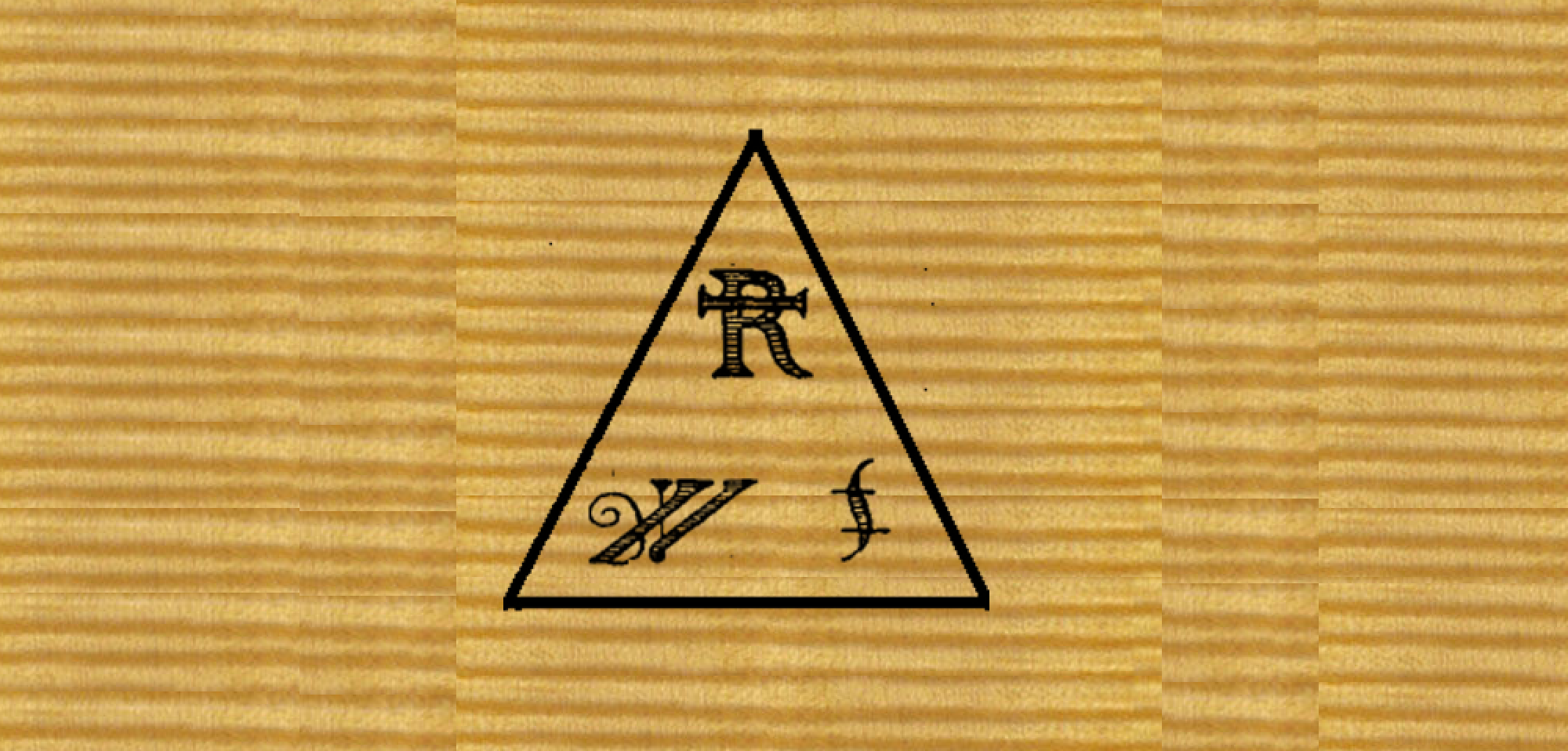Violin Varnish Ltd.
More about Resin
Natural Varnish Resin
Natural varnish resins are secreted by a variety of trees and plants. The resins most used with linseed oil to make violin varnish are Amber, Copal, and Rosin. Each of these begins as a sticky substance exuded by the tree through its bark and intended, by the tree, to repair wounds to its surface. Rosin is collected from slashes, cut in living trees, grown for this purpose. Copal is collected from living trees and from deposits of resin at the base of the tree. Amber is the fossilized resin of ancient forests, preserved underground or under water for 25 to 40 million years. The use of these resins goes back in history to the Egyptians. Though information about making varnish may vary, the combining of oil and resin is dictated by the materials which have not changed since humans started cooking them.

Raw Baltic Amber
Fossil amber is found primarily in the area surrounding the Baltic Sea. It is the hardest, most transparent of the varnish resins. It is also the most chemically inert. It is not soluble in any common solvent. Amber must be fused at high heat to make it soluble in linseed oil. Violin varnish made from Amber will take a high polish and provide a very protective surface.

Raw Copal Resin
Copal resins are collected in a number of regions of Africa and Southeast Asia. They are known as “semi-recent” and are soft to semi-hard resins. There are a large variety of copal resins available. They vary widely in color, hardness, and solubility type. Varnishes made from these resins share a distinct wheat straw color.


Crude Gum Harvest Raw Rosin
Rosin is the most common resin varnish for violins. In its raw form, crude gum or “scrape”, pine rosin is a combination of essential oils, resin solids, water, and inert materials. Rosin is separated from the essential oil (turpentine or pure gum spirits) by distillation. The rosin produced is a soft resin, which can be readily combined with linseed oil for making varnish. Rosin can be manipulated in the cooking of varnish to produce violin varnishes that vary from nearly colorless to a deep red-brown.
Each of these resins, properly prepared, will make violin varnish which has excellent transparency, brushing, and polishing characteristics. Each resin must be prepared for varnish making according to the physical and chemical properties of the resin and the characteristics of the varnish being made.
